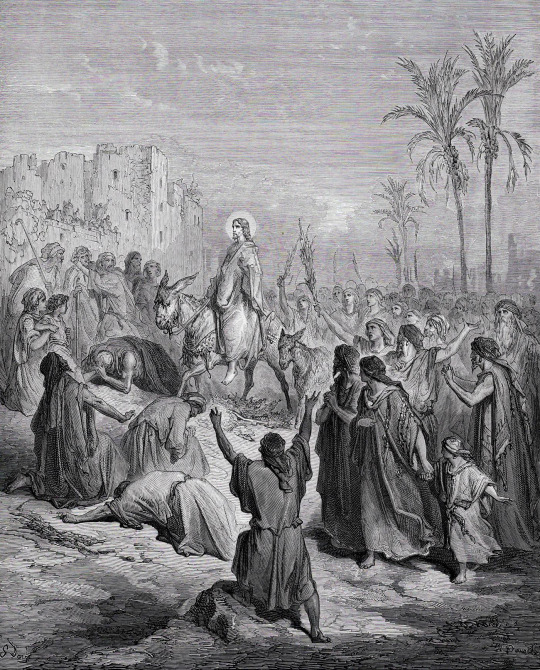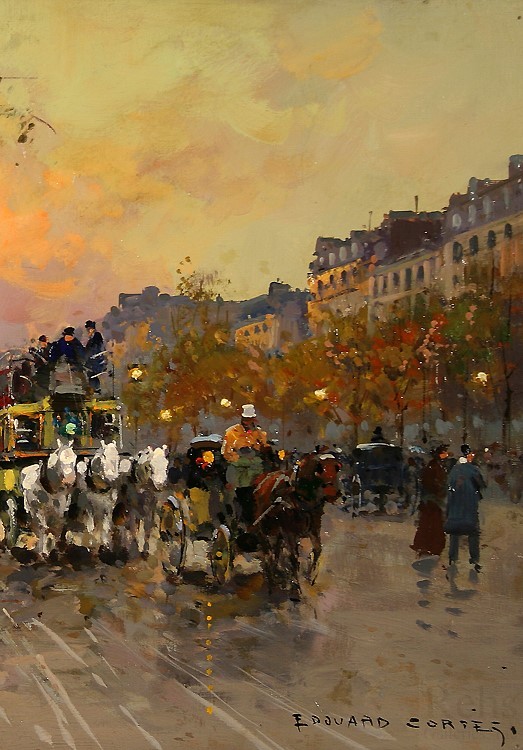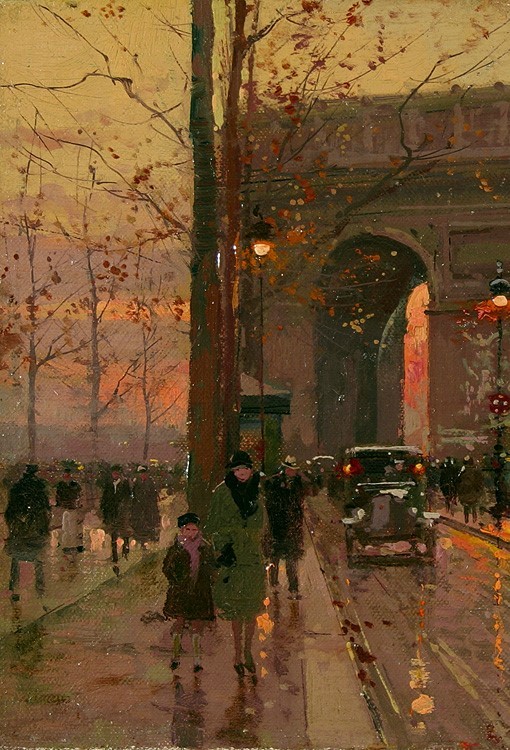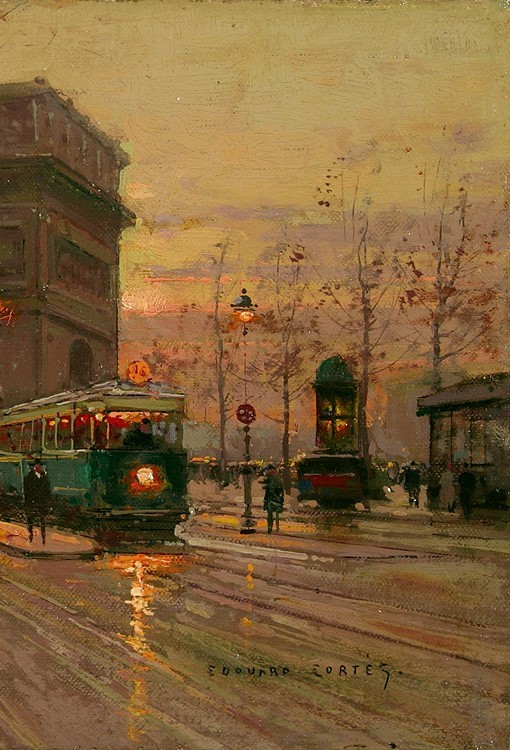#triumphalism
Explore tagged Tumblr posts
Text
“Shure this is our culture dontcha know, ye ought tae show some respect! We built this place, civilised it from thon native savages and terrorists!”
Their culture, in question:









I’ve seen more culture in a fucking petri dish.
(And yes that last image is from O, Brother Where Art Thou. I wasn’t gonna use an actual Klan meeting!)
This, meanwhile is nothing but textbook barbarism and colonial supremacist savagery masquerading as ritual!
(Where do you think the Ku Klux Klan got it from? (No I’m not making this up))
All it needs now to get any WORSE is the addition of human sacrifices! (Then again there was that ghastly firebomb incident in July of 1998)
And no! You CANNOT compare it to the Nowruz bonfires we see from Kurdish people and Zoroastrians! Those are rooted in ancient tradition and ritual. And they don’t burn trash when setting them up either!
This shit is just pigfaced triumphalist bullshit with a touch of anthropocentric idiocy! Borne of siege mentality bullshit!
To say nothing of the pollution this shit causes!
White trash colonial savagery.
And they call US savages!
What’s that old phrase about the pot calling the kettle black?
And that’s not even taking into account their society’s RAMPANT anti-intellectualism and hatred for the arts, humanities and the environment.
They despise the very land on which they’ve settled.
Almost as if they’re afraid of it.
#dougie rambles#personal stuff#that time of year again#vent post#political crap#leftism#fuck loyalism#trashy#white trash#colonial savagery#decolonization#ireland#northern ireland#fuck the klan#orange order#scotland#tangentially#o brother where art thou#culture#or lack thereof#don’t make me laugh bitterly#twelfth of July#pot kettle black#pollution#bonfire#ku klux klan#shithole behaviour#arsonist#sickening#triumphalism
6 notes
·
View notes
Text

Entry of Jesus into Jerusalem by Gustave Doré
#jesus christ#jesus#christ#jerusalem#art#gustave doré#christianity#christian#la grande bible de tours#bible#biblical#religion#religious art#religious#donkey#donkeys#palm sunday#animals#palm branches#triumph#triumphal#triumphant#halo
514 notes
·
View notes
Text

Arch of Hadrian in Athens, Greece (c.131-134 A.D.)
#athens#greece#architecture#ancient greece#arch#triumphal arch#ancient ruins#ruins#corinthian column#attica#arch of hadrian#original photography#europe#ancient monument#ancient monuments#art history#gateway#structure#ancient structures
152 notes
·
View notes
Photo






Edouard Cortes | Champs-Élysées | Triumphal Arch | Boulevard de la Madeleine |
#Edouard Cortes#post-impressionism#cityscape#triumphal arch#art#art history#painting#oil painting#oil on canvas#20th century#20th century art#dark academia
3K notes
·
View notes
Text
Porte Saint Denis (St. Denis Gate)


#Porte Saint Denis#St. Denis Gate#Sculpture#Triumphal Arch#War Memorial#Architecture#Art#French Moments#Paris#France
99 notes
·
View notes
Text

#nini radio#triumphal records#my internet will be disconnected in 7 days but i wanted to share cool ghost templates i found on magazine CDs and ikagaka album rip ;;#laptops dying too srry for the lazy content lately#will share what i can but archive.org always flags ukagaka related files as malware?#nekoko#unyu#sakura#CD#transparent
76 notes
·
View notes
Text
Vishakha - The Neverending Conquests

Degrees: 20°00 Libra to 3°20 Scorpio Deities: Indragni: made up of Indra, the king of Gods and Agni, the God of fire. Vimshottari Lord: Jupiter Sounds: ती ti, तू tu, ते te, तो to
The core meaning: Vishakha's symbol is the triumphal archway. The triumphal archway represents the emperor's last glorious achievement. This is what your life is all about: attaining one objective after another. Then, all of a sudden, you find yourself at a crossroads. And life takes you to unexpected places. Sometimes, you might lose in the process but you get back on your feet thanks to your inner strength. Keep in mind you are made to win, but also, keep in mind to be grateful to what you already have: do not let your hunger destroy your hard-fought victories. Qualities: determined, passionate, ambitious, accurate, focused, persuasive, clever, courageous, attractive. Affliction: wrathful, perfectionist, dissatisfied, greedy, manipulative, offensive, too sensual, jealous. Interest in politics, military, science, research.
#astrology#vedic astrology#jyotish#nakshatras#sidereal astrology#vishakha#vishakha nakshatra#libra#scorpio#astro#degrees#degree#astro community#triumphal archway#astro notes#arch#vishakha ascendant#vishakha moon#vishakha sun#vishakha ak#vishakha atmakaraka#vishakha first lord#vishakha rising
52 notes
·
View notes
Photo

Verse of the Day - John 12:13
#Palm Sunday#Hosanna#Triumphal Entry#Jesus#king#King of Israel#palm branches#Scripture#Bible verses#shouting#blessed#Lord#the name of the Lord#John
133 notes
·
View notes
Text

Arch of Constantine, Rome, 1920. From the Budapest municipal photography company archive.
58 notes
·
View notes
Text

Jesus’ final entry into Jerusalem
1-3 As they approached Jerusalem and came to Bethphage and the Mount of Olives, Jesus sent two disciples ahead telling them, “Go into the village in front of you and you will at once find there an ass tethered, and a colt with her. Untie them and bring them to me. Should anyone say anything to you, you are to say, ‘The Lord needs them’, and he will send them immediately.”
4-5 All this happened to fulfil the prophet’s saying—‘Tell the daughter of Zion, Behold your king is coming to you, lowly, and sitting on a donkey, a colt, the foal of a donkey’.
6-9 So the disciples went off and followed Jesus’ instructions. They brought the ass and the colt, and put their cloaks on them, and Jesus took his seat. Then most of the crowd spread their own cloaks on the road, while others cut down branches from the trees and spread them in his path. The crowds who went in front of him and the crowds who followed him all shouted, “God save the Son of David! ‘Blessed is he who comes in the name of the Lord!’ God save him from on high!”
10-11 And as he entered Jerusalem a shock ran through the whole city. “Who is this?” men cried. “This is Jesus the prophet,” replied the crowd, “the man from Nazareth in Galilee!”
12-13 Then Jesus went into the Temple and drove out all the buyers and sellers there. He overturned the tables of the money-changers and the benches of those who sold doves, crying—“It is written, ‘My house shall be called a house of prayer’. But you have turned it into a ‘den of thieves!’”
14-16 And there in the Temple the blind and the lame came to him and he healed them. But when the chief priests and the scribes saw the wonderful things he had done, and that children were shouting in the Temple the words, “God save the Son of David”, they were highly indignant. “Can’t you hear what these children are saying?” they asked Jesus. “Yes,” he replied, “and haven’t you ever read the words, ‘Out of the mouth of babes and nursing infants you have perfected praise’?”
17 And he turned on his heel and went out of the city to Bethany, where he spent the night.
His strange words to the fig-tree
18-20 In the morning he came back early to the city and felt hungry. He saw a fig-tree growing by the side of the road, but when he got to it he discovered there was nothing on it but leaves. “No more fruit shall ever grow on you!” he said to it, and all at once the fig-tree withered away. When the disciples saw this happen they were simply amazed. “How on earth did the fig-tree wither away quite suddenly like that?” they asked.
21-22 “Believe me,” replied Jesus, “if you have faith and have no doubts in your heart, you will not only do this to a fig-tree but even if you should say to this hill, ‘Get up and throw yourself into the sea’, it will happen! Everything you ask for in prayer, if you have faith, you will receive.”
Jesus meets a question with a counter-question
23 Then when he had entered the Temple and was in the act of teaching, the chief priests and Jewish elders came up to him and said, “What authority have you for what you’re doing, and who gave you that authority?”
24-26 “I am also going to ask you one question,” Jesus replied to them, “and if you answer it I will tell you what authority I have for what I do. John’s baptism, now, did it come from Heaven or was it purely human?” At this they began arguing among themselves, “If we say, ‘it came from Heaven’, he will say to us, ‘Then why didn’t you believe in him?’ If on the other hand we should say, ‘It was purely human’—well, frankly, we are afraid of the people—for all of them consider John was a prophet.”
27 So they answered Jesus, “We do not know.” “Then I will not tell you by what authority I do these things!” returned Jesus.
28-32 “But what is your opinion about this? There was a man with two sons. He went to the first and said, ‘Go and work in my vineyard today, my son,’ he said, ‘All right, sir’—but he never went near it. Then his father approached the second son with the same request. He said, ‘I won’t.’ But afterwards he changed his mind and went. Which of these two did what their father wanted?” “The second one,” they replied. “Yes, and I tell you that tax-collectors and prostitutes are going into the kingdom of God in front of you!” retorted Jesus. “For John came to you as a saint, and you did not believe him—yet the tax-collectors and the prostitutes did! And, even after seeing that, you would not change your minds and believe him.”
Jesus tells a pointed story
33-40 “Now listen to another story. There was once a man, a land-owner, who planted a vineyard, fenced it round, dug out a hole for the wine-press and built a watch-tower. Then he let it out to farm-workers and went abroad. When the vintage-time approached he sent his servants to the farm-workers to receive his share of the proceeds. But they took the servants. beat up one, killed another, and drove off a third with stones. Then he sent some more servants, a larger party than the first, but they treated them in just the same way. Finally he sent his own son, thinking, ‘They will respect my son.’ Yet when the farm-workers saw the son they said to each other, ‘This fellow is the future owner. Come on, let’s kill him and we shall get everything that he would have had!’ So they took him, threw him out of the vineyard and killed him. Now when the owner of the vineyard returns, what will he do to those farm-workers?”
41 “He will kill those scoundrels without mercy,” they replied, “and will let the vineyard out to other tenants, who will give him the produce at the right season.”
42 “And have you never read these words of scripture,” said Jesus to them: ‘The stone which the builders rejected has become the chief cornerstone. This was the Lord’s doing, and it is marvellous in our eyes?’
43-44 “Here, I tell you, lies the reason why the kingdom of God is going to be taken away from you and given to a people who will produce its proper fruit.”
45-46 When the chief priests and the Pharisees heard his parables they realised that he was speaking about them. They longed to get their hands on him, but they were afraid of the crowds, who regarded him as a prophet. — Matthew 21 | J.B. Phillips New Testament (PHILLIPS) The New Testament in Modern English by J.B Phillips copyright © 1960, 1972 J. B. Phillips. Cross References: Genesis 4:24; Exodus 30:12; Genesis 49:11; Leviticus 1:14; Ruth 1:19; 2 Samuel 14:7; 2 Kings 9:13; Psalm 8:2; Psalm 118:22; Psalm 118:26; Proverbs 26:5; Song of Solomon 8:11; Isaiah 5:1-2; Isaiah 5:3; Isaiah 8:14; Isaiah 28:13; Isaiah 28:16; Isaiah 56:7; Isaiah 62:11; Jeremiah 7:11; Jeremiah 8:13; Jeremiah 26:8; Jeremiah 37:15; Matthew 4:28; Matthew 7:7; Matthew 8:10-11; Matthew 9:27; Matthew 11:9; Matthew 11:25; Matthew 13:3; Matthew 16:7; Matthew 17:20; Matthew 20:24; Matthew 20:34; Matthew 22:4; Matthew 26:6; Matthew 26:55; Mark 11:1; Mark 11:7-8; Mark 11:12; Mark 11:20; Mark 11:23; Mark 11:27; Mark 12:1-2; Luke 20:5; Luke 20:16; John 7:30; 1 John 3:22
Matthew 21 Commentary - John Gill's Exposition of the Bible
Key Passages in Matthew 21
1. Jesus rides into Jerusalem upon a donkey 12. drives the buyers and sellers out of the temple; 17. curses the fig tree; 23. puts to silence the priests and elders, 28. and rebukes them by the parable of the two sons, 33. and the husbandmen who slew such as were sent to them.
#Jesus' triumphal entry#Jesus cleanses the Temple#Jesus curses the fig tree#Jesus authority questioned#parable of the two sons#parable of the wicked tenants#Gospel of Matthew#Matthew 21#PHILLIPS#J.B. Phillips New Testament Bible
20 notes
·
View notes
Text

Alvise Vivarini - Triumphal Arch of Doge Nicolo Tron. 1471 - 1473
#art#Alvise Vivarini #Triumphal Arch of Doge Nicolò Tron#arch#triumph#triumphal arch#doge nicolo tron#angels#coat of arms
51 notes
·
View notes
Text

The Arch of Titus (81 CE)
Forum Romanum, Rome
Feb. 2024
#arch of titus#forum romanum#roman forum#triumphal arch#ancient rome#ancient roman#roman architecture#architettura#archaeology#architecture#historical architecture#lensblr#italia#italy#travel#original photography#photographers on tumblr#photography#rome#roma#wanderingjana
19 notes
·
View notes
Text

A day of review under the Empire, 1810 by Hippolyte Bellangé and Adrien Dauzats
#hippolyte bellangé#adrien dauzats#art#tuileries#tuileries palace#paris#france#napoleonic#empire#first french empire#french empire#history#europe#european#french#arc de triomphe#triumphal arch#triumphal arc#napoleonic wars#courtyard#military#army#review
46 notes
·
View notes
Text
Russia. Kursk. Triumphal arch, monument to Georgy Zhukov Курск. Триумфальная арка, памятник маршалу Жукову
#2017#city#kursk#kursk oblast#may#monument#monument to georgy zhukov#russia#spring#triumphal arch#весна#город#курск#курская область#май#памятник#памятник маршалу жукову#россия#триумфальная арка#flickr#russian tumblr#русский tumblr
22 notes
·
View notes
Text

Entry of Christ into Jerusalem
Artist: Pieter Coecke van Aelst (Flemish, 1502–1550)
Date: c. 1530
Medium: OIl on Panel
Collection: The Bonnefanten Museum, Maastricht, Netherlands
Description
The triumphal entry of Christ into Jerusalem. Two-sided painting, that used to be a shutter of a large Passion retable, now dismantled. Other panels from this retable are now in Trier, Berlin, Cape Town and Lisbon. On the reverse is a painting of Saint Trudo, which links the retable to Sint-Truiden Abbey.
In the foreground, several figures are cheering Christ on his entry into Jerusalem on a donkey. The Mount of Olives, where Jesus and his disciples have come from can be seen in the distance. The painting gives a very lively impression. The movement in the composition, along with the abundance of human figures and the bright, fresh colours create an exuberant whole. A striking element of this painting is the unusual contortion of the figures. The architecture of the city wall works like a sort of stage set for the scene in the foreground.
John 12:12-13 The next day the great crowd that had come for the festival heard that Jesus was on his way to Jerusalem. They took palm branches and went out to meet him, shouting, “Hosanna! ” “Blessed is he who comes in the name of the Lord!”“Blessed is the king of Israel!”
#painting#christianity#gospel of john#jesus christ#monkey#jerusalem#triumphal entry#donkey#mount of olives#architecture#christian art#biblical scene#peter coecke van aelstabout#flemish painter#european art#olive branches#men#tree#16th century painting
11 notes
·
View notes
Text
Arc de Triomphe de l'Etoile, Paris, France.

#Arc de Triomphe#Triumphal Arch#Place Charles de Gaulle#Champs Elysees#War Memorial#Architecture#Contrails#Street Scene#Cloudy Sky#French Moments#Paris#France
126 notes
·
View notes

